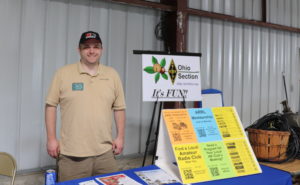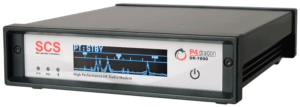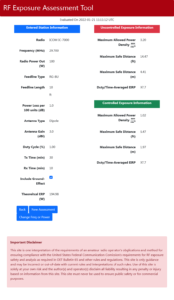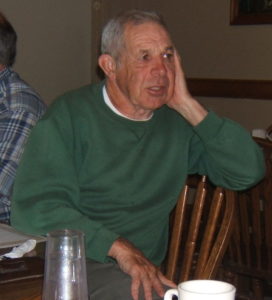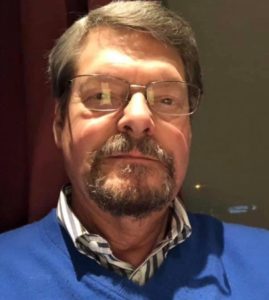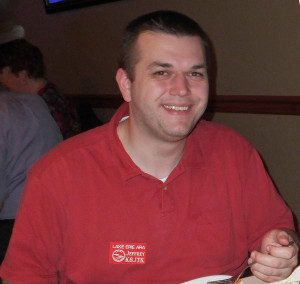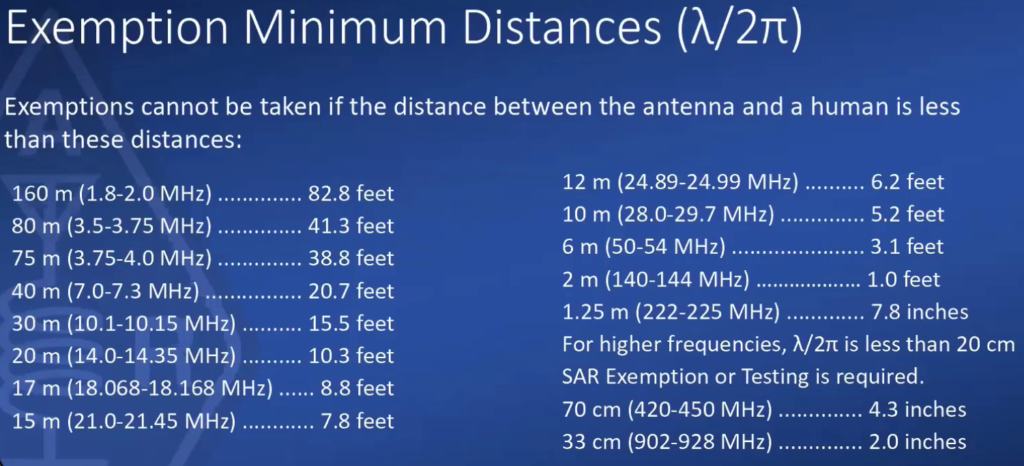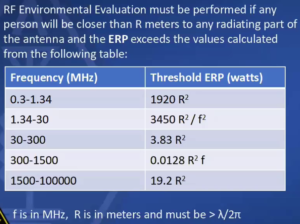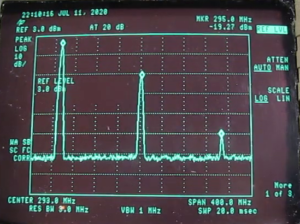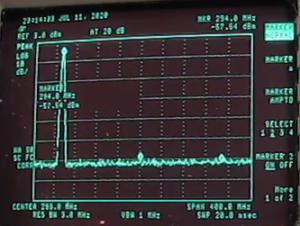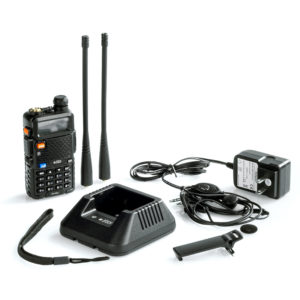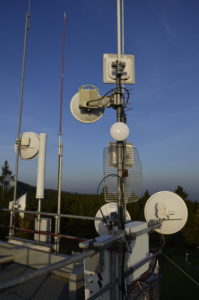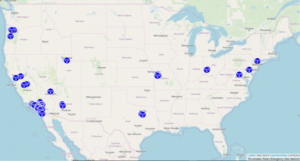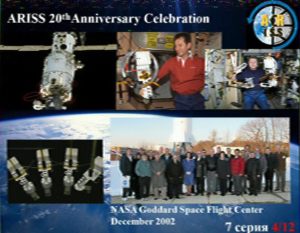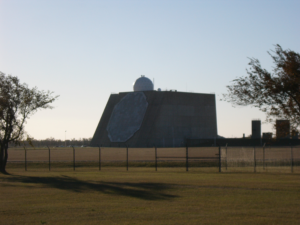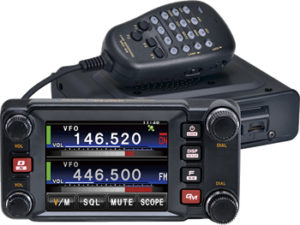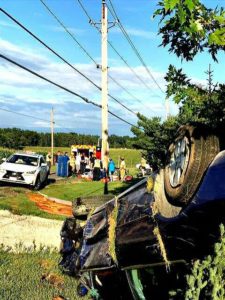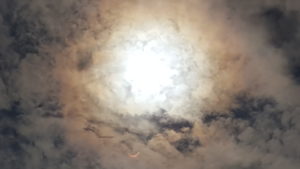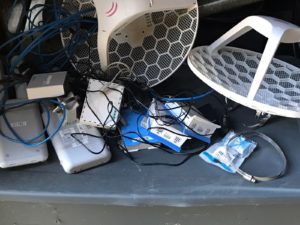One of the responsibilities of the Technical Coordinator in the Ohio Section is to submit something for the Section Journal. The Section Journal covers Amateur Radio related things happening in and around the ARRL Ohio Section. It is published by the Section Manager Tom – WB8LCD and articles are submitted by cabinet members.
Once my article is published in the Journal, I will also make it available on my site with a link to the published edition.
You can receive the ARRL Ohio Section Newsletter and other Ohio Section news by joining the mailing list. Anyone can join and do not need to be a member of the ARRL, Ohio Section, or even a ham to join the mailing list. Please sign up! NOTE: If you do not see the Mailchimp “Subscribe to the ARRL Ohio Section Newsletter” signup form just below the page heading, disable cosmetic filtering in uBlock Origin or check browser plugins for similar blocking.
If you are an ARRL member and reside in the Ohio Section, update your mailing preferences to receive Ohio Section news in your inbox. Those residing outside the Ohio section will need to use the mailing list link above. Updating your ARRL profile will deliver news from the section where you reside (if the leadership chooses to use this method).
- Go to www.arrl.org and click the Login button.
- Login
- When logged in successfully, it will say “Hello <Name>” in place of the Login button where <Name> is your name. Click your Name. This will take you to the “My Account” page.
- On the left hand side, under the “Communication” heading (second from the bottom), click Opt In/Out (or direct link)
- To the right of the “Opt In/Out” heading, click Edit
- Check the box next to “Division and Section News.” If it is already checked, you are already receiving the Ohio Section Journal.
- Click Save
- There should now be a green check mark next to “Division and Section News.” You’re all set!
Now without further ado…
Read the full edition at:
- https://arrl-ohio.org/wp-content/uploads/2025/04/OSJ-April-2025.pdf
- https://arrl-ohio.org/wp-content/uploads/2025/04/OSJ-April-2025.docx
Archive index: https://arrl-ohio.org/ohio-section-newsletter/
THE TECHNICAL COORDINATOR
Jeff Kopcak – TC
k8jtk@arrl.net
Delete, Delete, Delete! No, not your browsing history. The ARRL posted the Public Notice released by the FCC Chairman requesting input into deleting a whole bunch of regulations. “… the FCC is soliciting public input on any FCC rules in any service that members of the public believe should be deleted or modified “for the purpose of alleviating unnecessary regulatory burdens.”
The Trump administration and their goal of making the government efficient (again?), the FCC Chairman is looking to remove regulation that is no longer needed or relevant. When most hams read that, they probably assume they’re taking only about Ham Radio. In this case, they are seeking input from the pubic and everything under the FCC’s authority is fair game. All frequencies and many communication methods are regulated by the FCC, such as: GMRS, AM/FM/TV broadcast stations, satellite communication, emergency communication methods, 911/E-911, commercial operators, public mobile services, antenna structures, ISM (industrial, scientific, and medical) bands and devices, cellular services, telephony, experimental services, maritime services, aviation services, microwave services, Internet services, cable television, Citizens Band, and, of course, Ham Radio.
The FCC plays an important part in the roll out of any radio frequency service. They are the coordinators of standards, practices, and making sure another service doesn’t interfere with or take over another service. There is no doubt something or someone needs to oversee and regulate services. Question becomes: how much
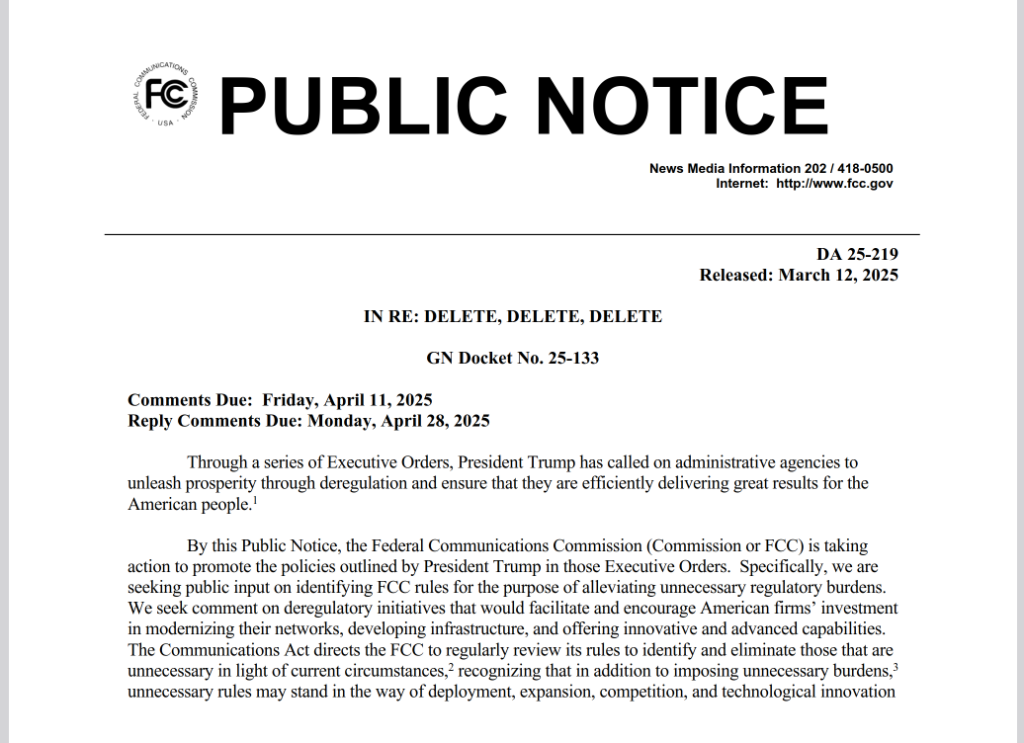 Pressure from lobbyists, entities with financing, and those out in front of specifications often have the upper hand due to influence and market position. Most want less regulation but we also want our stuff to work. Most regulation comes from vaguely written laws. Regulation stem from implementation, legal challenges, and administrative issues due to questions. Larger commercial entities are always looking at ways to improve their revenue steam and increase the stock price.
Pressure from lobbyists, entities with financing, and those out in front of specifications often have the upper hand due to influence and market position. Most want less regulation but we also want our stuff to work. Most regulation comes from vaguely written laws. Regulation stem from implementation, legal challenges, and administrative issues due to questions. Larger commercial entities are always looking at ways to improve their revenue steam and increase the stock price.
Over the years, many regulations were changed, amended, or restructured for the Amateur Radio service. Including a program of ham volunteers to administer examinations (aka, VE Program) instead of the FCC, unification of license terms to 10 years, removal of the Morse Code examination requirement, consolidation of license classes and types, and elimination of RACES licenses.
“Delete, Delete, Delete” is an opportunity to improve the Ham Radio service. How many times have we seen online, in a forum, or a club meeting where hams are complaining that ‘we can’t do X because there is this old rule that still says Y…’? This is the time to improve on and remove those restrictions and situations.
 Maybe there are modernization projects that can get underway by removing legacy standards. Maybe the symbol rate removal on the HF bands doesn’t go far enough. Should it be 2.8 kHz across all bands or more with higher frequencies? Maybe you think station evaluations are a dumb idea and a pointless exercise that no one is doing. Maybe expand 440 sub-bands for technologies such as TETRA repeaters to accommodate 10 MHz splits in ham bands. Maybe consolidate or eliminate sub-bands. Maybe identifying with the station’s call sign every 10 minutes is burdensome, especially on digital modes. Maybe licensing fees or exams should be eliminated altogether. Maybe the legal limit (power) should be raised or removed. Maybe allow encryption for message authentication and network security. Everything is up for debate.
Maybe there are modernization projects that can get underway by removing legacy standards. Maybe the symbol rate removal on the HF bands doesn’t go far enough. Should it be 2.8 kHz across all bands or more with higher frequencies? Maybe you think station evaluations are a dumb idea and a pointless exercise that no one is doing. Maybe expand 440 sub-bands for technologies such as TETRA repeaters to accommodate 10 MHz splits in ham bands. Maybe consolidate or eliminate sub-bands. Maybe identifying with the station’s call sign every 10 minutes is burdensome, especially on digital modes. Maybe licensing fees or exams should be eliminated altogether. Maybe the legal limit (power) should be raised or removed. Maybe allow encryption for message authentication and network security. Everything is up for debate.
This, by no means, guarantees any changes to the Ham Radio service or that all changes will happen without unintended consequences. This also doesn’t necessarily mean that Ham Radio will be around when the dust settles. If you follow other Ham Radio commentators, their click-bait headlines and titles suggest this is a possibility – could this be the end of Ham Radio? Now, there is no indication elimination of the Amateur Radio service is in play.
However, changes no one saw coming are a possibility. One might be Amateur Radio is no longer managed the FCC. The FCC sets aside spectrum for Ham Radio but leaves management to an oversight body, like the ARRL, which becomes responsible for rule making and standards. Privatization, if you will. Much like the FCC is no longer in charge of examinations and question pools.
Even if you don’t care about any of the technical regulations, standards, or don’t think anything needs changing, use your input to remind the FCC of the importance of Ham Radio. We’ve seen it before where ham frequencies are given up in favor of commercial, paying interests. At a minimum, we all can remind the FCC about the importance of Ham Radio for emergency communication and a place for radio experimentation and development. The last page of the Public Notice provides accepted ways to comment.
There isn’t much time, though. Comments are due by Friday, April 11, 2025 – a couple days after OSJ publication.
Thanks for reading and 73… de Jeff – K8JTK
